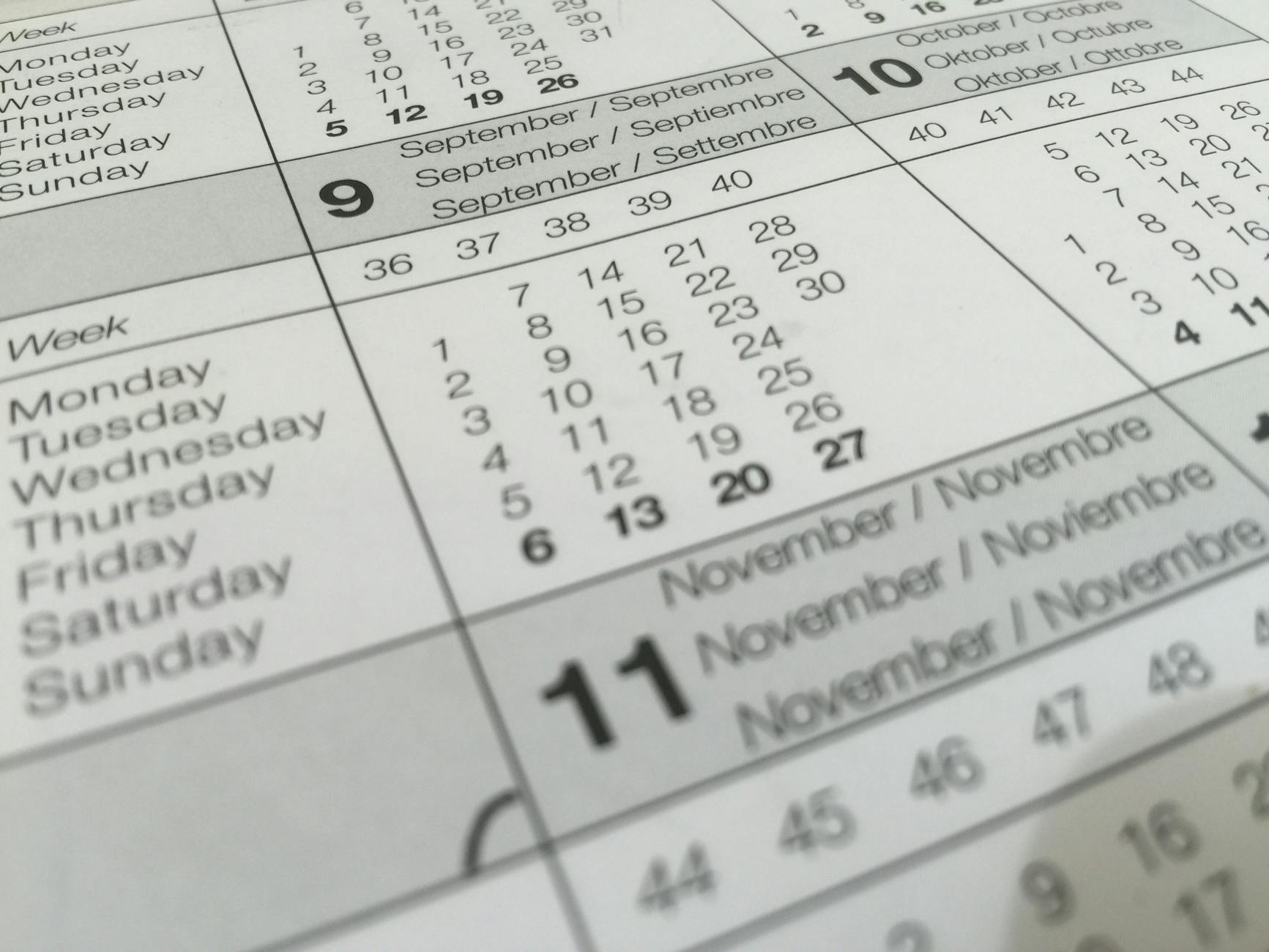A content calendar helps clinics organise their marketing efforts, ensuring consistent communication, better patient engagement, and improved SEO performance. For doctors and clinic managers, a well-structured content calendar saves time, aligns your team, and ensures your messaging reaches the right patients at the right time.
Curious how your clinic or practice could perform online? Get a free preview of your digital presence and see what’s working well and where there’s room to grow.
Why a Content Calendar Matters
- Consistency: Regular content keeps your clinic visible and trustworthy.
- Planning ahead: Helps schedule blog posts, social media updates, and newsletters in advance.
- Content variety: Ensures a balanced mix of educational, promotional, and engagement-focused content.
- Performance tracking: Easier to monitor which topics and formats drive patient bookings.
Key Components of a Clinic Content Calendar
- Content Types
- Blog posts: Patient education, condition guides, procedure explanations.
- Social media: Health tips, promotions, patient stories, clinic updates.
- Emails/newsletters: Appointment reminders, health campaigns, special offers.
- Videos: Tutorials, telehealth guides, doctor introductions.
- Frequency and Timing
- Decide how often each content type will be published.
- Example: 2 blog posts per month, 3 social media posts per week, 1 newsletter per month.
- Consider local events, seasonal health concerns, or campaigns.
- Themes and Topics
- Align content with patient interests, common conditions, and services offered.
- Examples:
- January: New Year wellness tips, flu prevention.
- February: Heart health for Heart Month.
- June: Summer skin care and sun safety.
- Ongoing: Telehealth tips, patient testimonials, clinic news.
- Assign Responsibilities
- Specify who writes, edits, designs, and publishes each piece of content.
- Helps accountability and smooth workflow.
- SEO and Keywords
- Assign target keywords to each blog post or page.
- Example: “high blood pressure treatment in Melbourne,” “pediatric physiotherapy Toronto.”
- CTAs and Patient Goals
- Identify the desired action for each piece of content: book an appointment, download a guide, subscribe to a newsletter.
- Metrics and Monitoring
- Track engagement, website traffic, and patient conversions.
- Adjust future content based on performance insights.
Sample Monthly Content Calendar for a Clinic
| Week | Blog Post | Social Media | Newsletter | Video/Other | CTA |
|---|---|---|---|---|---|
| 1 | “5 Tips to Manage High Blood Pressure” | Instagram tip post, Facebook infographic | Monthly health tips email | Doctor introduction video | Book appointment |
| 2 | “What to Expect During a Physiotherapy Session” | Patient testimonial post | – | – | Request consultation |
| 3 | “Telehealth Guide: How to Book Online” | LinkedIn post for telehealth, Twitter reminder | – | – | Schedule telehealth session |
| 4 | “Summer Skin Care Tips” | Instagram Reel, Facebook carousel | – | – | Download patient guide |
Tips for Making Your Content Calendar Effective
- Plan quarterly: Gives an overview of campaigns, seasonal topics, and clinic promotions.
- Use a digital tool: Google Sheets, Trello, or Airtable allow easy collaboration.
- Be flexible: Leave room for trending topics, urgent updates, or health alerts.
- Repurpose content: Blog posts can become social media posts, infographics, or video scripts.
- Review performance: Monthly reviews help refine topics, formats, and posting schedules.
Final Thoughts
A content calendar is essential for structured, consistent, and patient-focused clinic marketing. By planning blog posts, social media, newsletters, and videos around seasonal themes, patient interests, and SEO keywords, clinics can improve engagement, build trust, and drive more appointments.



